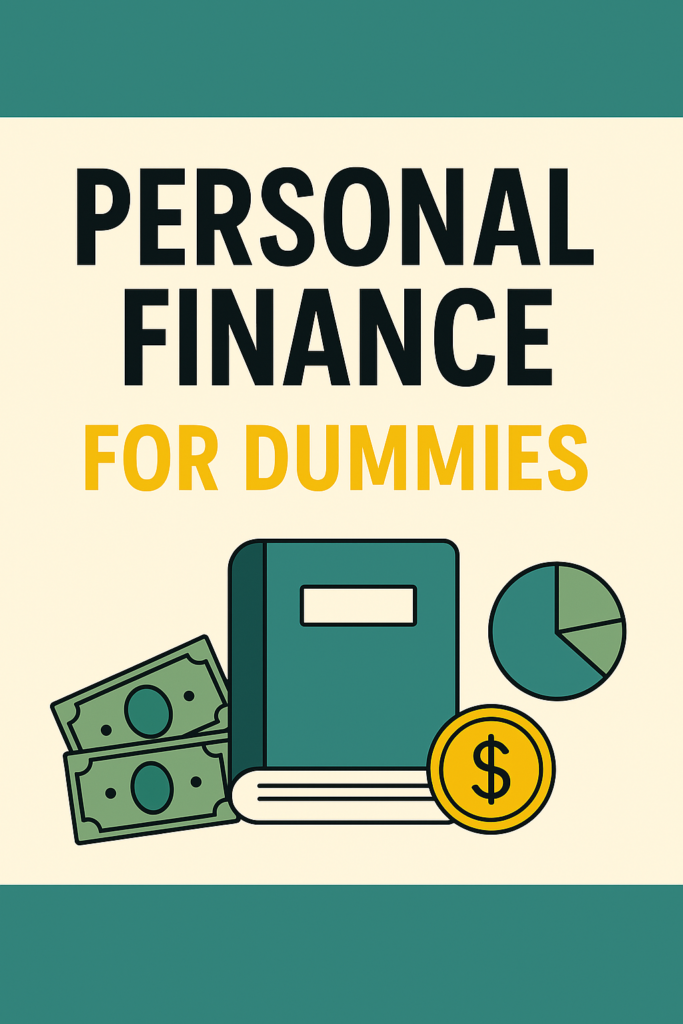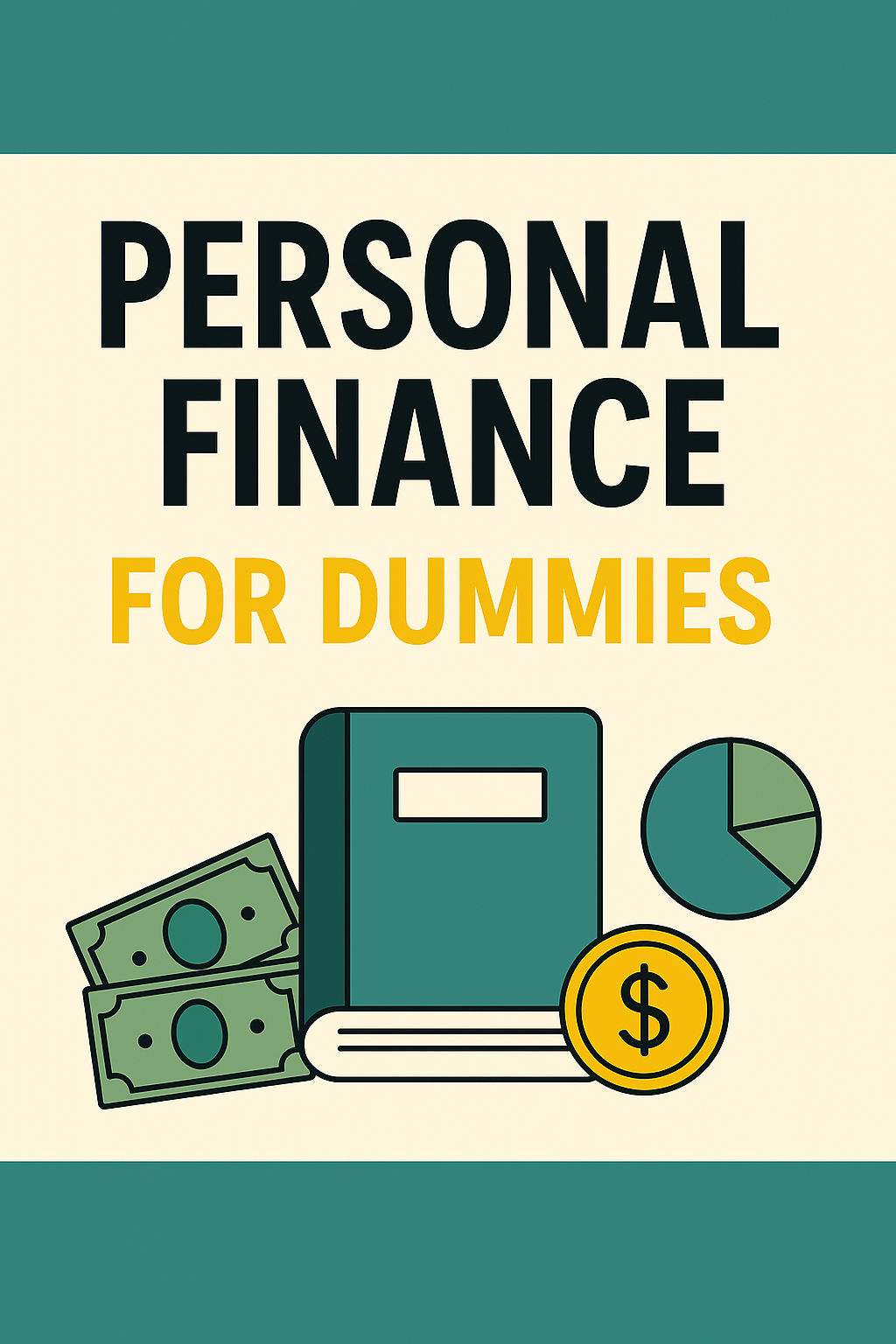
Personal Finance for Dummies – A Beginner’s Guide to Managing Your Money
Understanding how to manage your money doesn’t have to be difficult. In this guide, we break down personal finance for dummies – step by step, in simple language anyone can follow. Whether you’re just starting out or need a reset, these basics will put you on the path to financial control and confidence.
What Is Personal Finance?
Personal finance refers to the management of your money, including your income, spending, saving, investing, and planning for the future. It’s about making smart decisions today that will benefit you tomorrow.
Why It Matters
If you don’t control your money, it will control you. From avoiding debt to building wealth, mastering personal finance helps reduce stress and opens up more opportunities in life.

Step 1: Understand Your Income and Expenses
Track Your Income
List all your income sources: your job, freelance work, passive income, etc. Make sure you know your monthly net income – that’s what’s available to spend and save.
Track Your Spending
For at least one month, keep track of every expense – rent, groceries, transportation, subscriptions. You’ll quickly see where you’re overspending and where you can cut back.
This step is essential in personal finance for dummies, because most people have no idea how much they spend until they actually measure it.

Step 2: Create a Realistic Budget
A budget is your roadmap to financial success. It tells your money where to go instead of wondering where it went.
Use the 50/30/20 Rule
- 20% for savings and debt repayme
- 50% for needs (rent, food, bills)
- 30% for wants (entertainment, hobbies)
Even if you can’t follow this exactly, it’s a solid framework for building your own system.
Adjust and Stay Flexible
Your budget isn’t set in stone. Review it monthly and make changes when your situation changes. The key is consistency, not perfection.

Step 3: Build an Emergency Fund
An emergency fund protects you when life throws curveballs – like car repairs, medical bills, or job loss.
Start Small
Aim for $500–$1,000 to begin with. Over time, build it to cover 3–6 months of living expenses.
Having an emergency fund is a critical part of personal finance for dummies – it prevents you from falling into debt when the unexpected happens.

Step 4: Pay Off High-Interest Debt
Debt can drain your finances and your peace of mind. Focus on paying off high-interest debt like credit cards as soon as possible.
Snowball vs Avalanche Method
- Snowball: Pay off the smallest debts first for motivation.
- Avalanche: Pay off the highest-interest debts first to save the most money.
Choose what works best for you – the important thing is to take consistent action.

Step 5: Start Saving and Investing
Once you’re debt-free (or at least managing it), shift your focus to building long-term wealth.
Automate Your Savings
Set up automatic transfers to a savings or investment account right after you get paid. This way, you save first instead of spending first.
Learn the Basics of Investing
Investing isn’t just for the wealthy. Learn about index funds, retirement accounts, and compound interest. The earlier you start, the more your money will grow over time.
Investing is the next big milestone in personal finance for dummies, and even small steps today can lead to big results later.

Step 6: Set Financial Goals
Money management becomes more motivating when you have goals – whether it’s buying a home, traveling, or retiring early.
Make Them SMART
- Specific
- Measurable
- Achievable
- Relevant
- Time-bound
For example, “Save $5,000 for a trip to Japan in 12 months” is better than “Save money.”

Step 7: Keep Learning and Stay Disciplined
Financial literacy is a lifelong journey. Keep reading, testing, and improving.
Use Tools and Resources
There are plenty of free apps, blogs, and books that teach personal finance for dummies. Track your progress, learn from others, and stay inspired.

Conclusion: Take the First Step Today
Managing money may seem overwhelming, but it doesn’t have to be. With a little knowledge and discipline, you can transform your financial life.
This guide on personal finance for dummies is only the beginning – now it’s your turn to take action. Start tracking, budgeting, and building the future you deserve.

